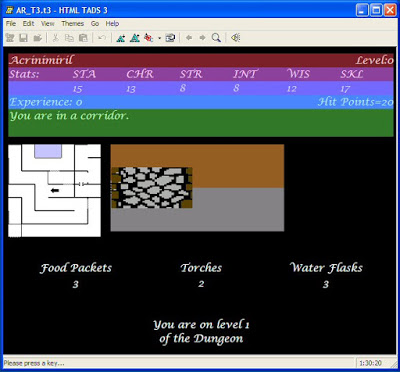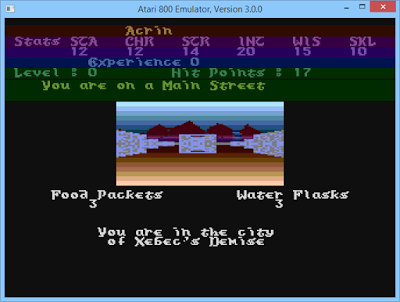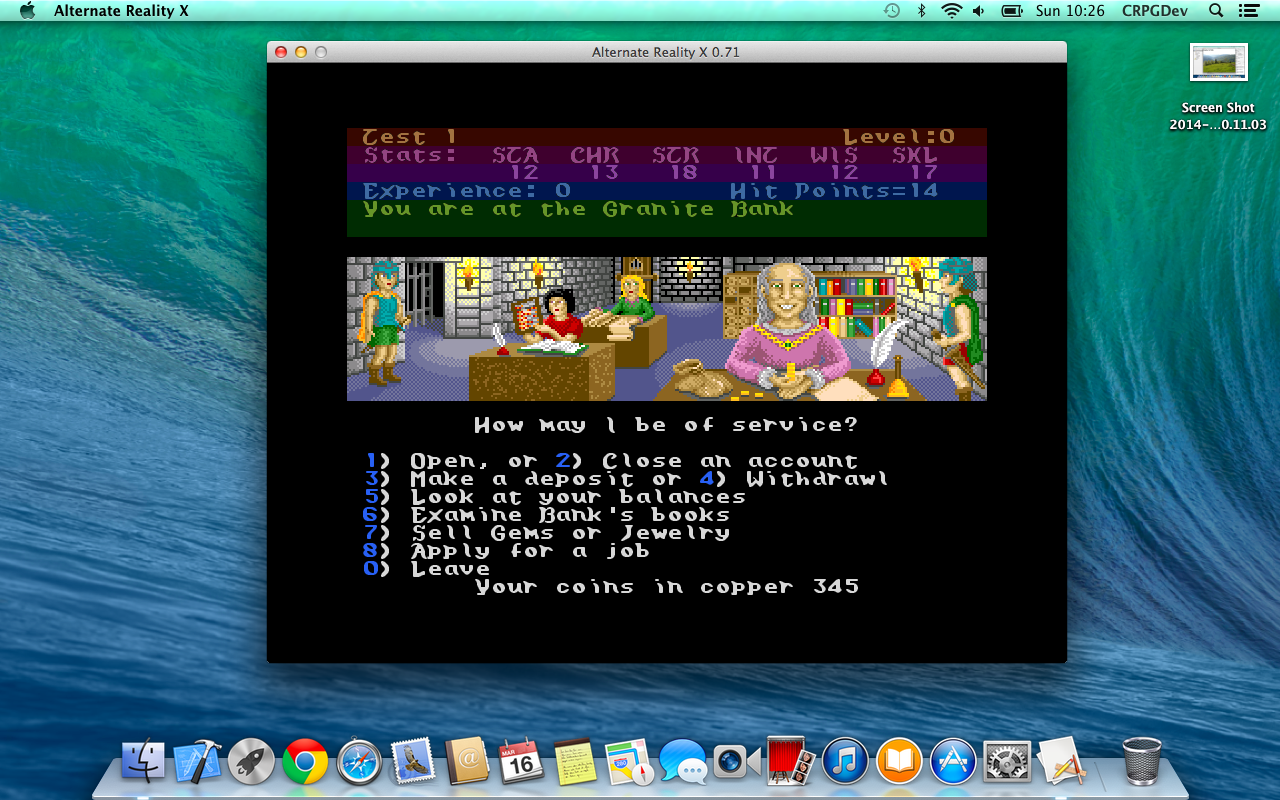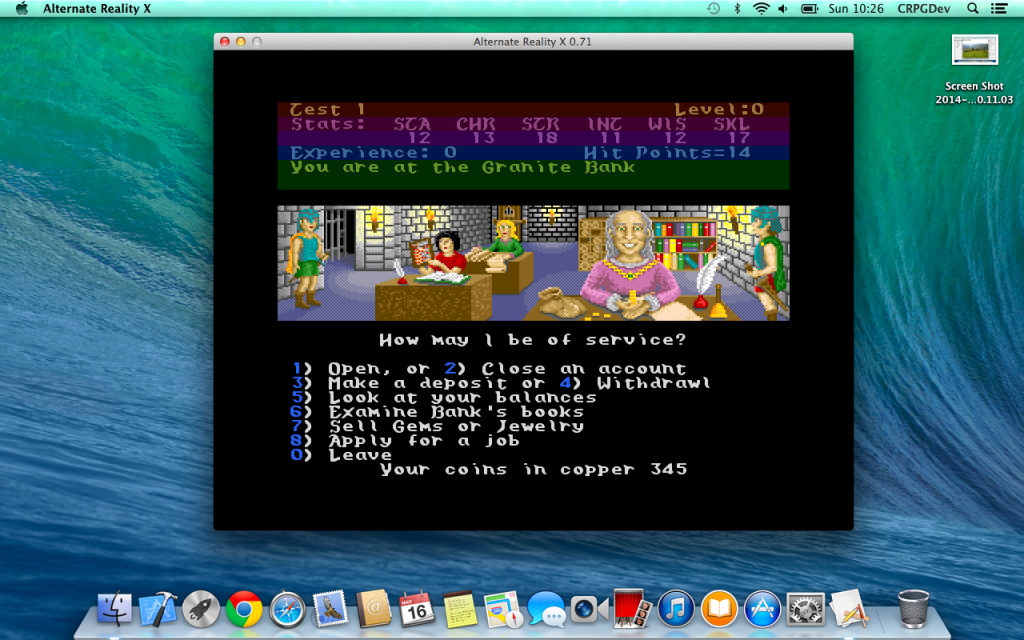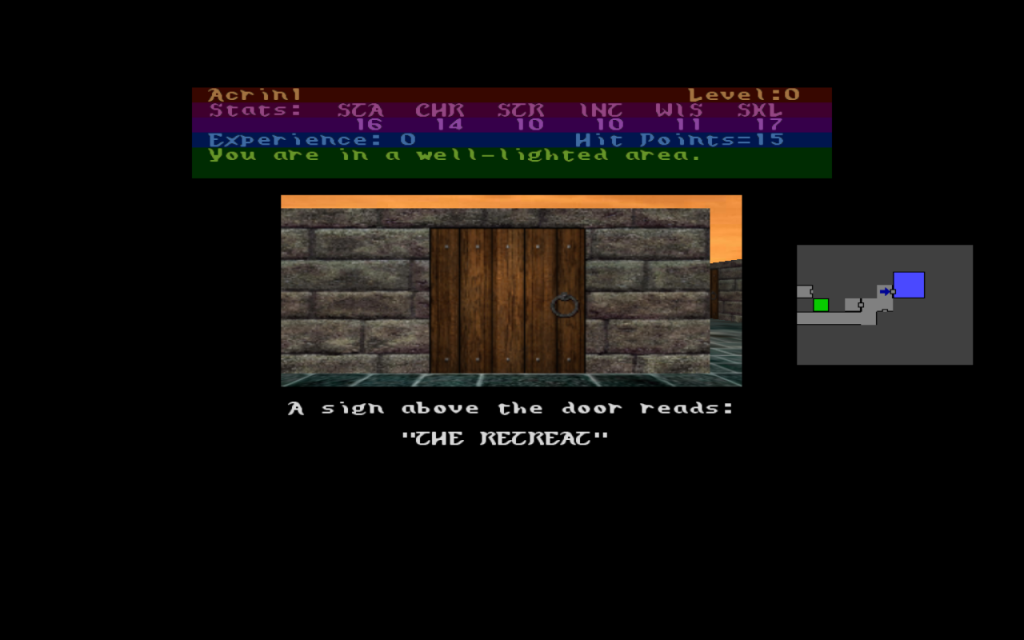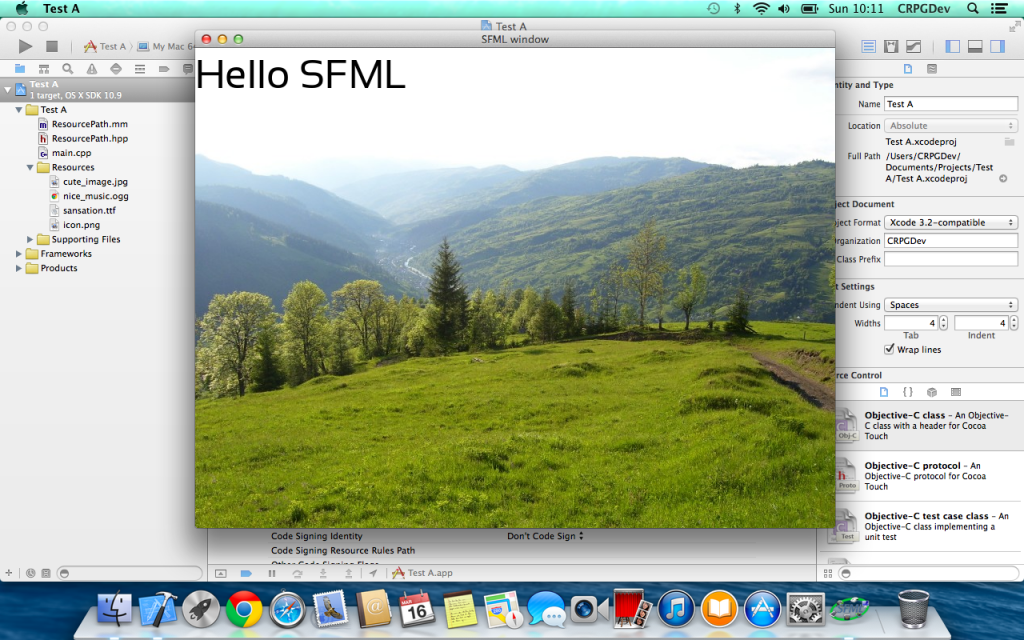Over the last few months I have been giving a lot of thought to my two Alternate Reality related projects and with the move into 2015 have been thinking about my next steps. I think I’m now fairly clear on how I’m planning to develop during 2015.
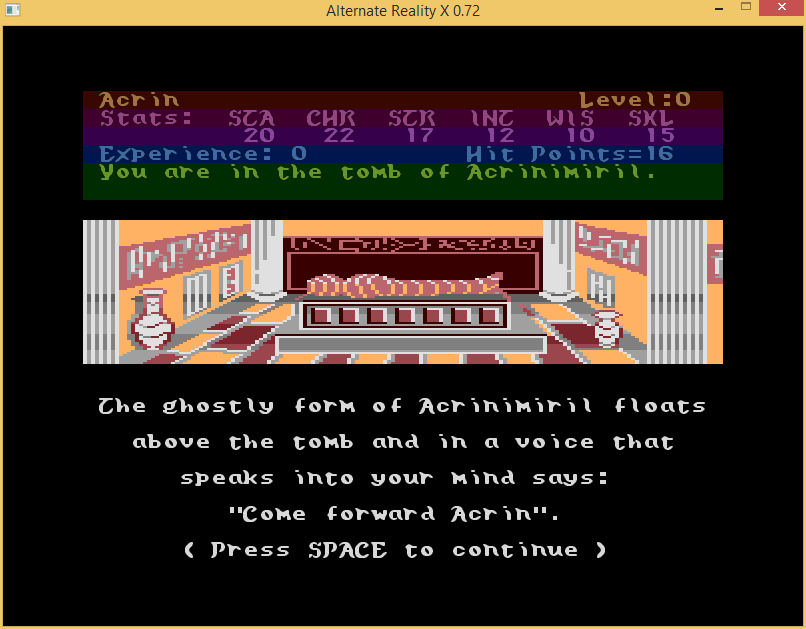
I’ve spent many years working on my original project (Alternate Reality X or ARX) which was originally focused on bringing the City and the Dungeon together into a single game which could be played on a modern PC without the inconveniences that sometimes come from using emulation such as swapping virtual floppy disks. I think I succeeded in meeting the majority of those goals allowing players to move seamlessly between the City and the Dungeon as well as making a number of adjustments so that (hopefully) moving between the two scenarios isn’t too jarring. Over the years I introduced a variety of display and audio options with replacement art from Ted and myself and music by Furious. However the flexibility in the options has meant that a lot of time has been spent on say for example making display elements appear in sensible positions across multiple resolutions. Whilst some people will appreciate all the effort that went into these, I suspect may just want to play the game. In addition I found myself in a slightly odd position where I was trying to please everybody retaining the old and new. In a single game there were limits in how successful I could be with this approach.
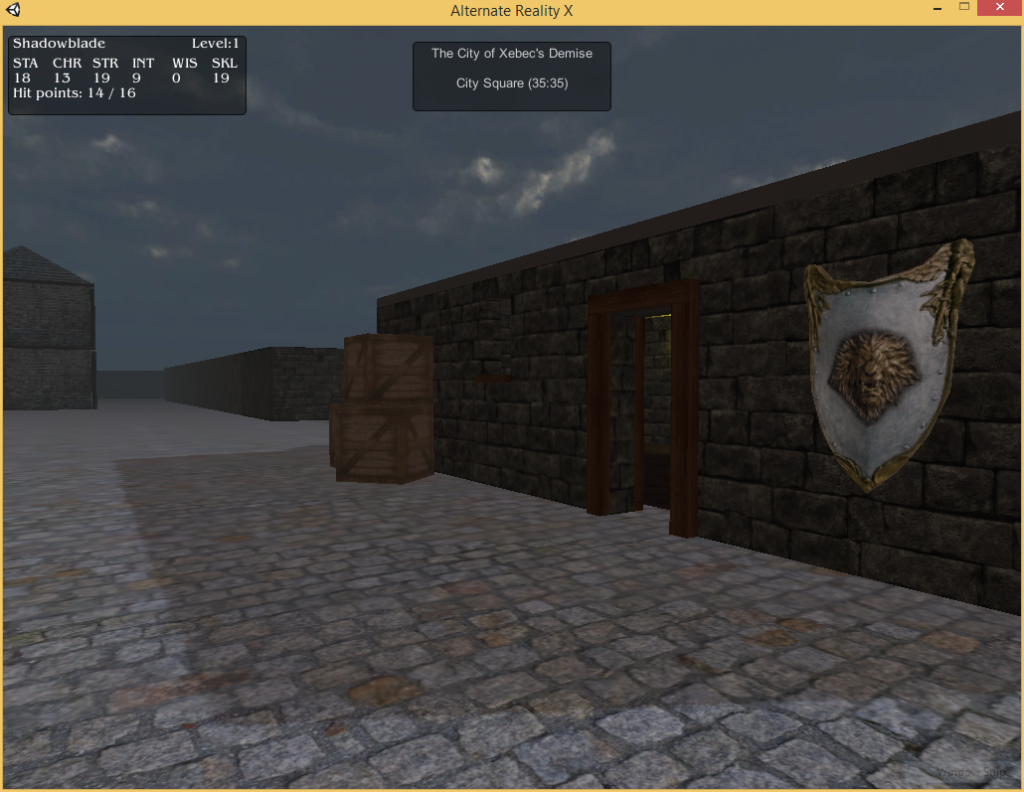 ARX had become a bit tangled code wise and needed some significant work to make it more stable and less buggy before I could really complete it. This in part made me decide to put a hold on it last year and start work on a new version of Alternate Reality which used the Unity 3D game development system. I’ve released a couple of short demos using Unity and I like it as a system. It’s relatively easy to use but provides a lot of power for someone like me that I couldn’t hope to develop myself. In addition it’s cross platform support is amazing. I was able to create Mac OS X versions of my Alternate Reality demos with a few mouse clicks compared to the weeks of work it took me to produce one Mac build from my ARX SFML / C++ code.
ARX had become a bit tangled code wise and needed some significant work to make it more stable and less buggy before I could really complete it. This in part made me decide to put a hold on it last year and start work on a new version of Alternate Reality which used the Unity 3D game development system. I’ve released a couple of short demos using Unity and I like it as a system. It’s relatively easy to use but provides a lot of power for someone like me that I couldn’t hope to develop myself. In addition it’s cross platform support is amazing. I was able to create Mac OS X versions of my Alternate Reality demos with a few mouse clicks compared to the weeks of work it took me to produce one Mac build from my ARX SFML / C++ code.
The conclusion I’ve reached is that I would like to continue to work on both projects but change the focus of each of them so that they are more clearly . From the feedback and comments I’ve received from players it looks like there are a sizeable number of people who enjoy ARX with its traditional graphics and sound but with the flexibility of the City and Dungeon being a single game. There are also a lot of people who are looking for a much more dramatic update to AR. This just wasn’t possible to produce whilst retaining the old look and feel in a single game. I’m now considering focusing ARX on its original Atari 8bit roots whilst my Unity 3D project (with a working title of Return to Xebec’s Demise – RXD) can focus on new graphics and sound, an updated map and a more flexible environment closer to more recent games but still attempting to retain the classic Alternate Reality atmosphere and spirit. The wonderful encounter graphics and music Ted and Furious produced can hopefully be used within the Unity project. This approach will make the ARX downloads much smaller as well.
So what can you expect to see? Firstly I’ll be updating both SFML (now on version 2.2) for ARX and Unity 3D (now up to 4.6) for Return to Xebec’s Demise so that I can produce small updates of both to get my development environment up to date. Internally things like items, encounters and the player are likely to be very similar so I’m playing with a few ideas as to how to possibly re-use some code between the two. One option would be to use the C# language with SFML as this is the language I use for scripting in Unity 3D.
Hopefully what I’m describing above makes sense and will be pretty clear once you have an update of both projects to try out. Let me know what you think and any better titles you have for the two projects. Thanks as always for your interest and support.


